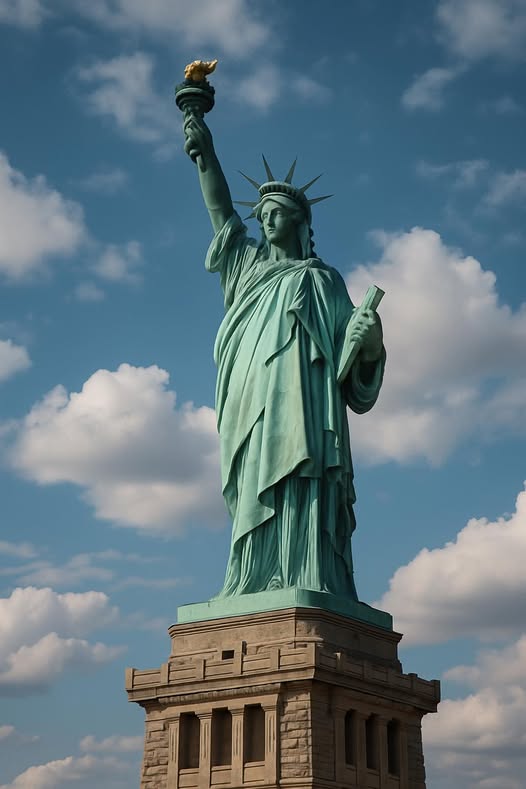
A reflection in the light of A Course in Miracles:
“Go back to your own country!”
It’s a phrase often shouted by white people in the United States , directed at people of color. Anger drips from the words. So does a strange sense of superiority.
But let’s pause for a moment and ask: is that sentence even true?
Let’s rewind.
President Donald Trump’s grandfather, Friedrich Drumpf, came to America in 1885. A 16-year-old boy from Germany, he arrived without money, without English, in search of a better life. Just like so many others. Just like the migrants of today….a better life! He was an immigrant.
So when white Americans proudly declare: “This is our country. Go back to yours,” they forget they all are daughters, sons, or grandchildren of immigrants.
Who really came first?
The Native Americans were here long before any European set foot on the continent. (15.000 years)
People of African descent didn’t come here by choice, they were forcibly taken, enslaved, branded, and sold like property.
So shouting “Go back to your own country” at them now is not just historically inaccurate, it is a form of collective amnesia.
In the light of A Course in Miracles, the message is clear:
We are not bodies. The land the body walks on is not “ours.”
It is all a projection, a stage, a dream.
Racism is the ego’s desperate attempt to make some forms more valuable than others. It is the illusion of separation, the belief that “I am me because I am not you.”
But what if we remembered that we are Light?
That behind every skin tone, every accent, every passport,
there is only one shared Self?
Then the whole idea of borders, ownership, race, and identity becomes… well, laughable.
A dream. A shadow play.
America doesn’t belong to “Americans”
It doesn’t belong to the colonizers.
Not to the governments.
Not to Trump’s ancestors or anyone else’s.
Like everything in this world, it belongs to no one, because what is temporary can never be truly ours.
As the Course reminds us:
“Nothing real can be threatened. Nothing unreal exists. Herein lies the peace of God.”
So the real question is not:
Who belongs here and who doesn’t?
But rather: Can you see yourself in the other, regardless of shape, color, or story? Because only then can we truly say:
Welcome home. In me. In us. In Love.
With love and light,
G.